8-minute read
keywords: anatomy, biomechanics, paleontology
Having just reviewed a general illustrated introduction to dinosaur behaviour, I indicated wanting to go deeper. An Illustrated Guide to Dinosaur Feeding Biology provides in spades. This technical book gives a detailed and substantial taxon-by-taxon overview of what dinosaur skulls, jaws, and teeth reveal about what, but especially how dinosaurs ate. This is a welcome survey of an otherwise scattered literature that will be invaluable for specialists.
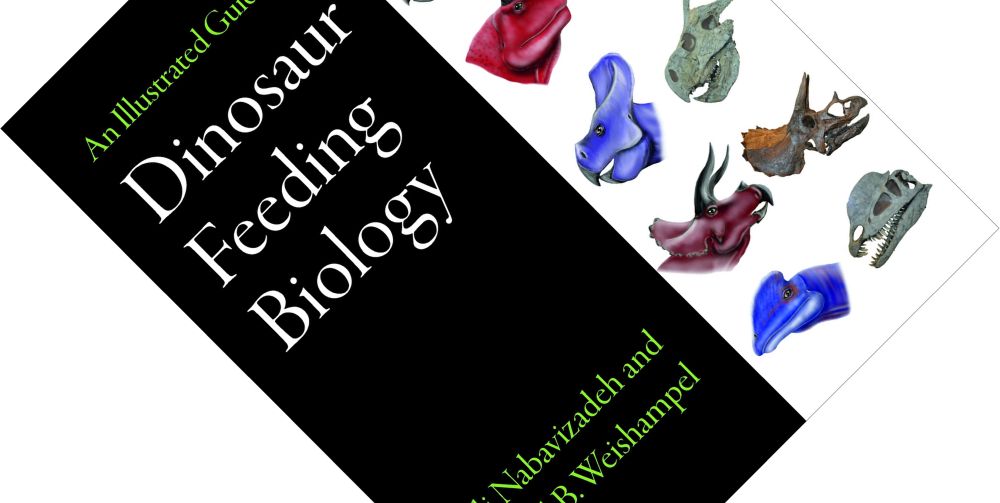
An Illustrated Guide to Dinosaur Feeding Biology, written by Ali Nabavizadeh & David B. Weishampel, published by Johns Hopkins University Press in June 2023 (hardback, 353 pages)
Ali Nabavizadeh is an assistant professor of anatomy who has spent the last 15-odd years working on cranial musculature and feeding mechanisms in dinosaurs, elephants, and dicynodonts. David B. Weishampel is a professor emeritus in anatomy and palaeobiology and is Nabavizadeh’s graduate advisor. With a research career of over 45 years, you will undoubtedly recognize him as e.g. co-author on four editions of the textbook Dinosaurs: A Concise Natural History and co-editor on two editions of The Dinosauria. In other words, you are in good, expert hands.
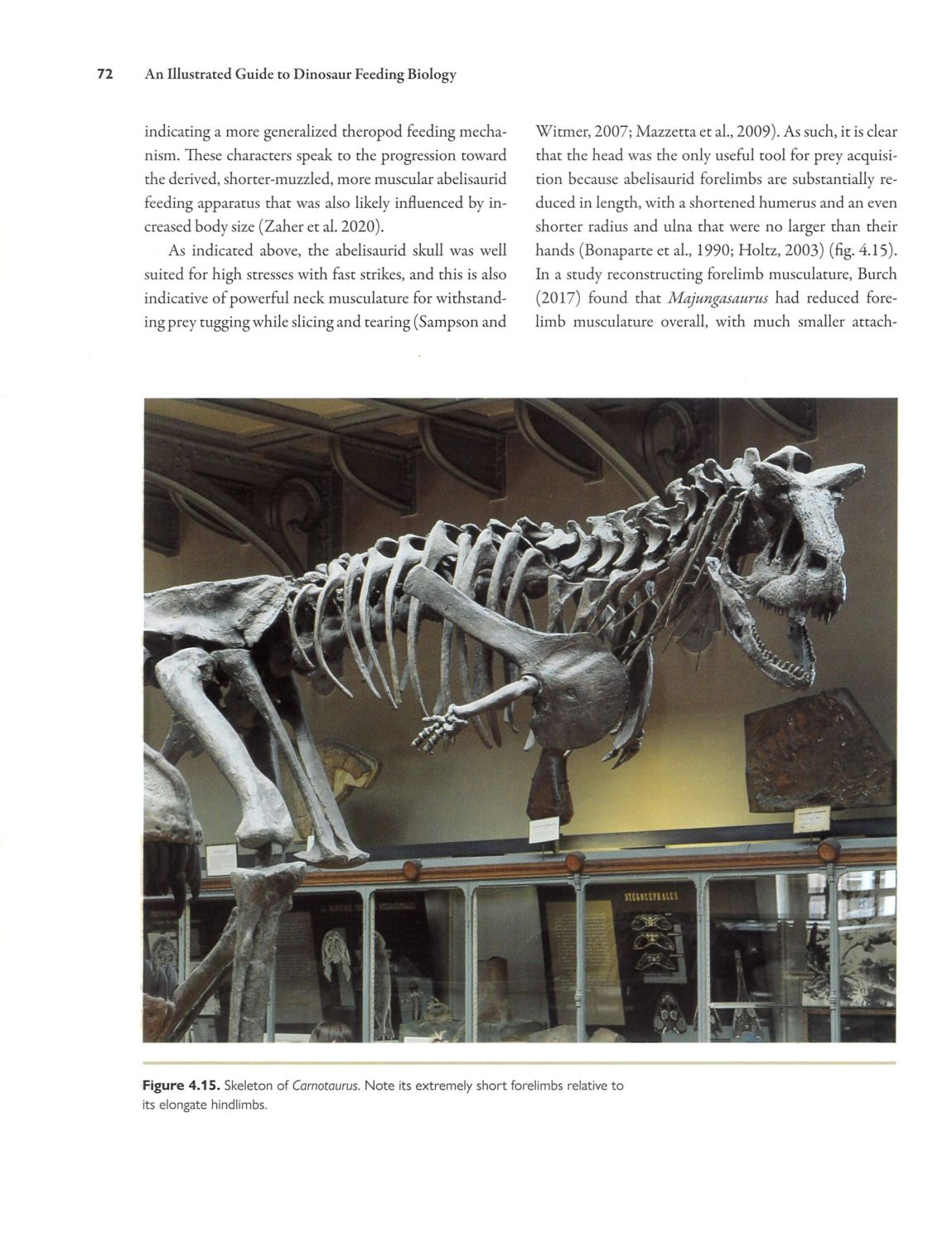 An Illustrated Guide to Dinosaur Feeding Biology breaks down into roughly two parts: a background section and a taxonomic overview. Three background chapters form the aperitif. First is a guide to some of the major historical studies and milestones; the question of what dinosaurs ate has been part and parcel of palaeontology since the start. Also covered are the vegetation of the Mesozoic and trace fossil evidence of diets such as gastroliths and coprolites. Second is the basic biology of bones, teeth, and muscles, in particular their functional morphology, which studies what all this anatomy actually does in a living organism. Since dinosaurs are, well, dead, an awful lot of this relies on a solid understanding of, and comparison to, animals alive today, preferably descendants (birds), close relatives (crocodilians and lizards), and functional analogues (large herbivores). Functional morphology also involves techniques old and modern, whether histology of fossil bones, studies of dental microwear, or biomechanical analysis using techniques borrowed from engineering such as finite element analysis (FEA) or multibody dynamics analysis (MDA). Though you would have to look elsewhere for an introduction to biomechanics, my impression is that familiarity with this is not a strict requirement. The third thing you will need is an understanding of anatomy, especially of the skull. This chapter provides names and terminology of cranial bones, muscles, and soft tissues; a primer on postcranial anatomy (i.e. the rest of the body); and of course the all-important names for directions and orientations when navigating your way around this anatomy. You will want to bookmark page 32 if you struggle to tell your rostral from your caudal, and your labial from your lingual.
An Illustrated Guide to Dinosaur Feeding Biology breaks down into roughly two parts: a background section and a taxonomic overview. Three background chapters form the aperitif. First is a guide to some of the major historical studies and milestones; the question of what dinosaurs ate has been part and parcel of palaeontology since the start. Also covered are the vegetation of the Mesozoic and trace fossil evidence of diets such as gastroliths and coprolites. Second is the basic biology of bones, teeth, and muscles, in particular their functional morphology, which studies what all this anatomy actually does in a living organism. Since dinosaurs are, well, dead, an awful lot of this relies on a solid understanding of, and comparison to, animals alive today, preferably descendants (birds), close relatives (crocodilians and lizards), and functional analogues (large herbivores). Functional morphology also involves techniques old and modern, whether histology of fossil bones, studies of dental microwear, or biomechanical analysis using techniques borrowed from engineering such as finite element analysis (FEA) or multibody dynamics analysis (MDA). Though you would have to look elsewhere for an introduction to biomechanics, my impression is that familiarity with this is not a strict requirement. The third thing you will need is an understanding of anatomy, especially of the skull. This chapter provides names and terminology of cranial bones, muscles, and soft tissues; a primer on postcranial anatomy (i.e. the rest of the body); and of course the all-important names for directions and orientations when navigating your way around this anatomy. You will want to bookmark page 32 if you struggle to tell your rostral from your caudal, and your labial from your lingual.
“with all due respect to carnivorous dinosaurs, if this book taught me one thing about jaw mechanics it is that herbivorous dinosaurs is where it is at.”
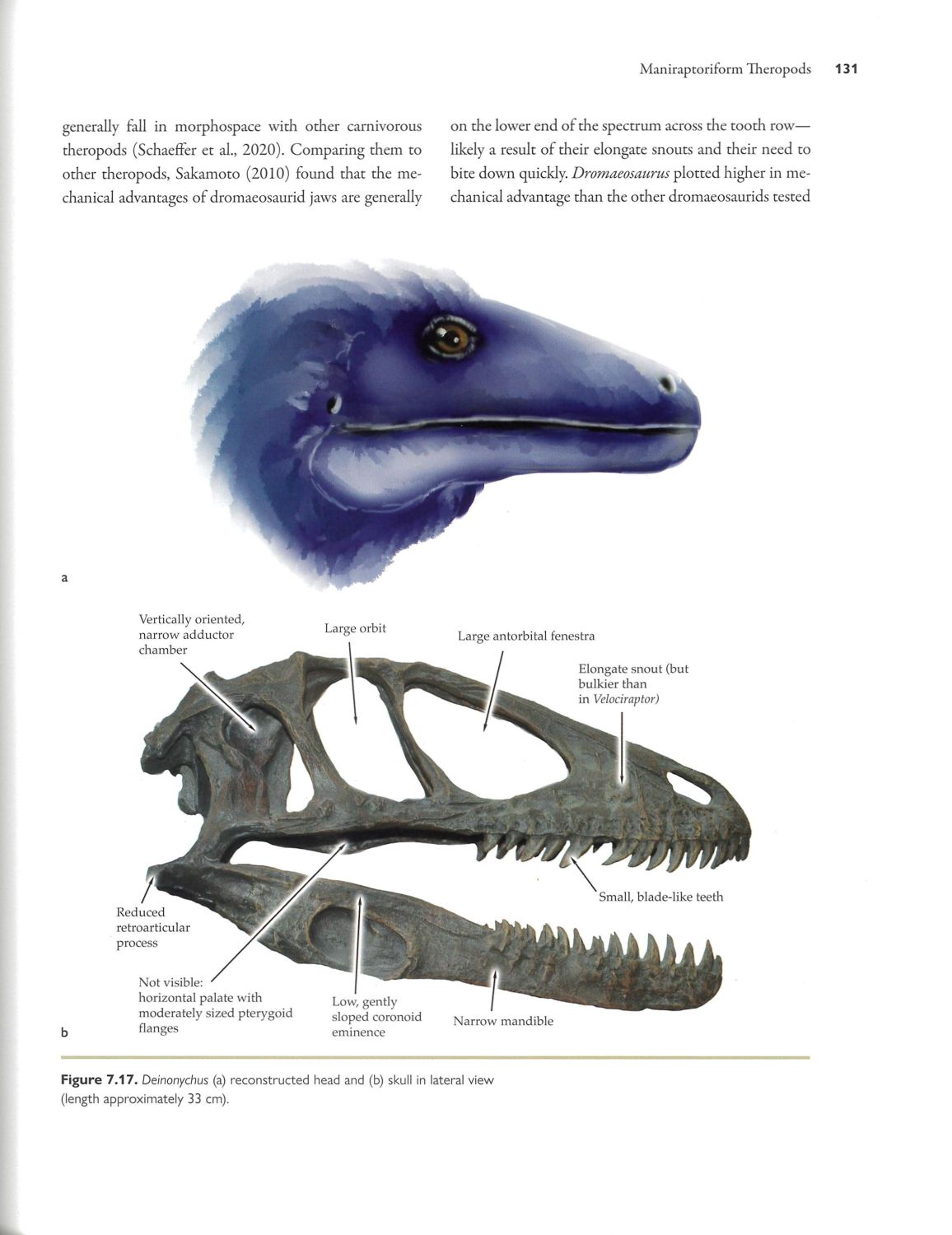 After this introduction, the main course consists of ten chapters that give a taxonomic overview. As you may be aware, the traditional division between Saurischia and Ornithischia received a shake-up in 2017 with a paper by Baron and colleagues
After this introduction, the main course consists of ten chapters that give a taxonomic overview. As you may be aware, the traditional division between Saurischia and Ornithischia received a shake-up in 2017 with a paper by Baron and colleagues![]() . In very brief they proposed that, rather than
. In very brief they proposed that, rather than
Theropoda + Sauropodomorpha = Saurischia,
Theropoda + Ornithischia = Ornithoscelida.
Though Nabavizadeh & Weishampel embrace the traditional division, they opt for a halfway-house solution and drill down the family trees of Theropoda, Sauropodomorpha, and Ornithischia separately. Each chapter opens with a family tree and then per subclade discusses available studies and findings on skulls, teeth, the likely feeding mechanism (i.e. how jaws chewed), inferred musculature, biomechanics (e.g. strains, stresses, and bite forces), the role of postcranial anatomy such as limbs and necks in feeding, and any direct evidence (e.g. bite marks) and trace fossil evidence. This is illustrated with drawings of reconstructed heads with overlays of jaw musculature and hypothesized jaw motions, as well as annotated photographs of skulls pointing out relevant and noteworthy features.
What does this survey reveal? When dinosaur feeding biology does make the news, attention usually focuses on carnivorous theropods: apparently, we are all dying to know how hard T. rex‘s chompers chomped. The answer, as discussed here, is bone-pulverizingly hard. More interesting I found, for instance, the idea that Allosauroids, rather than biting down hard, used their heads like a hatchet. The combination of relatively weak jaw muscles and strong neck muscles has led some authors to hypothesize that they used a puncture-pull mechanism of high-speed strikes followed by pulling back of the head to tear chunks 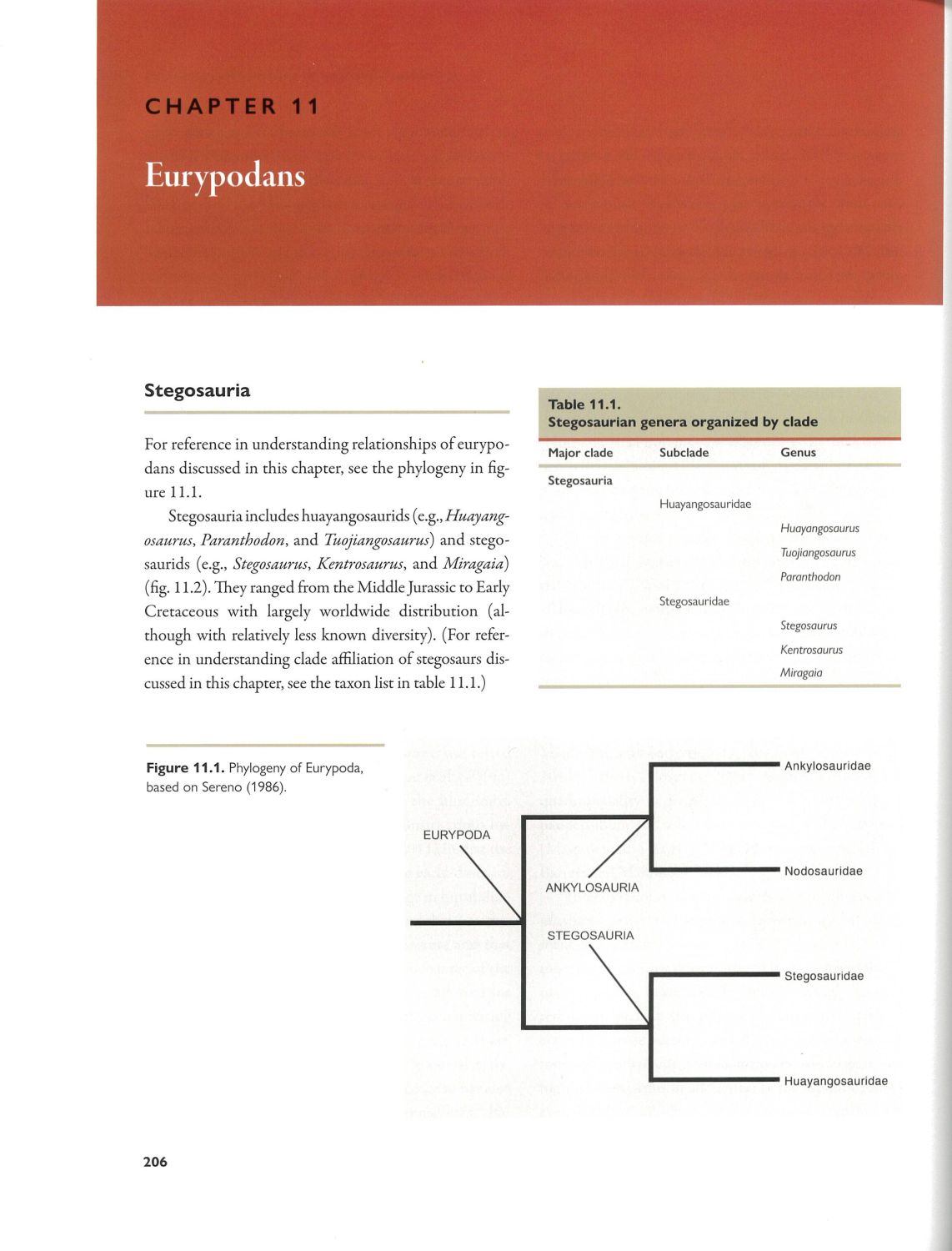 of flesh off the prey. Or what to make of Alvarezsauridae who had a small skull with tiny teeth and highly reduced forelimbs with a single enlarged claw each? We do not really know what they ate. And remember the famous sickle-claw of Deinonychus? Rather than disembowelling prey, it was more likely used to grip and immobilize them, not unlike birds of prey do today.
of flesh off the prey. Or what to make of Alvarezsauridae who had a small skull with tiny teeth and highly reduced forelimbs with a single enlarged claw each? We do not really know what they ate. And remember the famous sickle-claw of Deinonychus? Rather than disembowelling prey, it was more likely used to grip and immobilize them, not unlike birds of prey do today.
Now, with all due respect to carnivorous dinosaurs, if this book taught me one thing about jaw mechanics it is that herbivorous dinosaurs is where it is at. For example, next to orthal (up-and-down) motion of the jaws, several groups add propalinal (back-and-forth) motion and even long-axis hemi-mandibular rotation: imagine that each half of your lower jaw could roll sideways, pointing your teeth inwards towards your tongue. Sauropods had unique skulls amongst dinosaurs, with adductor chambers for some of the major jaw muscles positioned below rather than behind the orbits holding the eyes. It is relatively well known that hadrosaurids and ceratopsids had dental batteries, the lower jaw containing hundreds of teeth packed in rows of stacked tooth columns. More interesting is how these teeth consisted of not the usual two, but five or six tissue types of different hardness, wearing down in a complex fashion while eating tough and fibrous vegetation.
“Equally interesting are the gaps in our knowledge […] we know almost nothing about dinosaur tongues.”
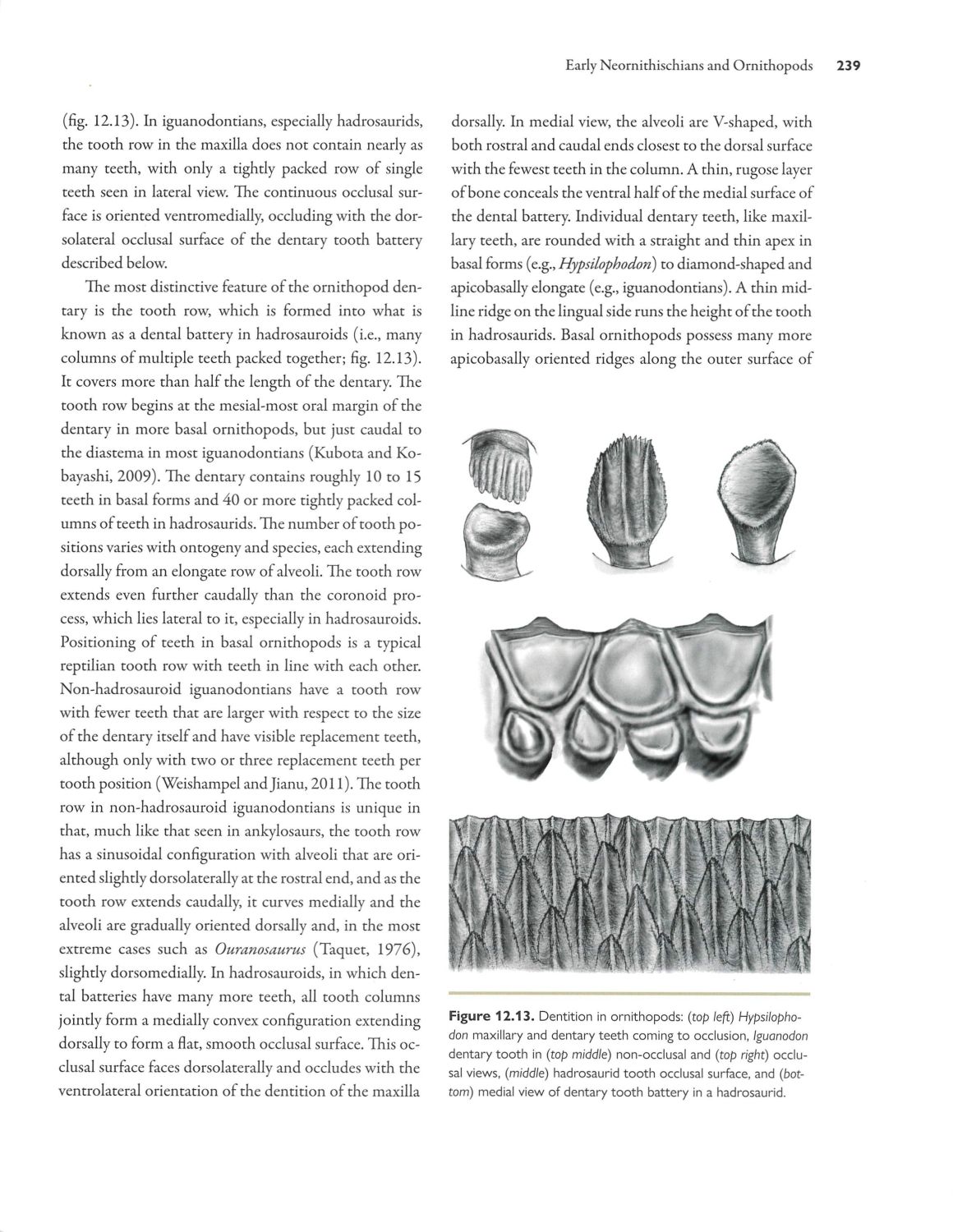 Equally interesting are the gaps in our knowledge. Except for ankylosaurs, for most groups we have little to no fossilized hyobranchial elements, the bones to which the tongue would have attached in life, meaning we know almost nothing about dinosaur tongues. What happened to diets as dinosaurs grew up? There are only a few taxa for which we have enough baby, juvenile, and adult fossils to construct ontogenetic series, but the results are intriguing. Limusaurus, part of the early theropod subclade Noasauridae, had small teeth as juveniles but lost them as adults, suggesting a shift from omnivory to herbivory. Similarly, the juveniles and adults of both diplodocoids and hadrosaurids differed in cranial and dental morphology, suggesting they fed on different types of plants as they grew up (so-called niche partitioning).
Equally interesting are the gaps in our knowledge. Except for ankylosaurs, for most groups we have little to no fossilized hyobranchial elements, the bones to which the tongue would have attached in life, meaning we know almost nothing about dinosaur tongues. What happened to diets as dinosaurs grew up? There are only a few taxa for which we have enough baby, juvenile, and adult fossils to construct ontogenetic series, but the results are intriguing. Limusaurus, part of the early theropod subclade Noasauridae, had small teeth as juveniles but lost them as adults, suggesting a shift from omnivory to herbivory. Similarly, the juveniles and adults of both diplodocoids and hadrosaurids differed in cranial and dental morphology, suggesting they fed on different types of plants as they grew up (so-called niche partitioning).
Despite its advanced level and technical detail, this book is accessibly written. You get into the swing of the terminology soon enough and each chapter writes out abbreviations at first use, meaning that, after the background chapters, you can read the book out of order. Cladograms in each chapter are useful in helping you understand sometimes unwieldy descriptors such as “non-ceratopsoid ceratopsians”. I have two minor nitpicks. First, I would not have minded if the authors had organized information for each subclade with further subheadings. The information is all there, and each chapter discusses skulls, teeth, biomechanics, etc. in the same order, but for intensively studied groups, this results in pages-long uninterrupted blocks of text. Some extra signposting would have helped navigate and later relocate information. Second, the drawings are very useful, though stylistically it feels Nabavizadeh is overusing the smudge/airbrush tool to smooth out textures. I actually prefer the few drawings where he has not done so, such as the comparison of Centrosaurus and Chasmosaurus on page 281. The use of white gradients around the arrows labelling photos and drawings is a lifesaver, however; it would have been impossible to tell what they are pointing to otherwise.
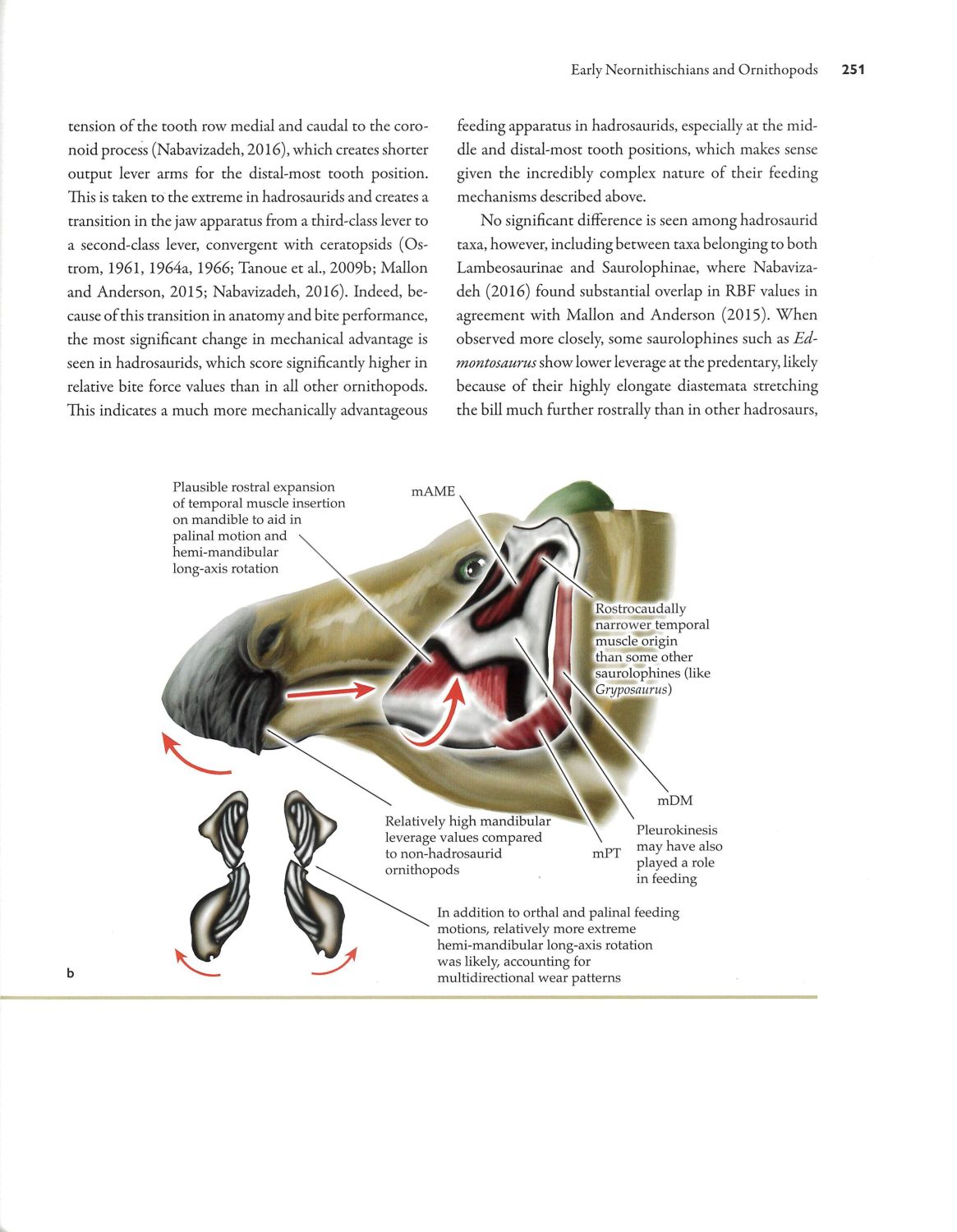 So, who is this book for? Whereas the previously reviewed Dinosaur Behavior was probably too superficial for all but palaeontology novices, this book is positioned at the other end of the spectrum, being only one step removed from the proverbial coalface of the primary technical literature. For palaeontologists and especially those working on dinosaur feeding biology, or facets thereof, this will be a very welcome overview, with the 38 pages of references being a goldmine of curated literature. For students entering this field, a book like this is a godsend. For the wider audience of dinosaur enthusiasts and palaeontology fanatics, this book should be, as mentioned earlier, accessible enough. If you take an undergraduate textbook such as Fastovsky & Weishampel’s Dinosaurs as your starting point, An Illustrated Guide to Dinosaur Feeding Biology would be the logical and manageable follow-up to deepen your knowledge on the topic. I, for one, cannot get enough of these kinds of advanced-level syntheses and enjoyed ploughing through this book.
So, who is this book for? Whereas the previously reviewed Dinosaur Behavior was probably too superficial for all but palaeontology novices, this book is positioned at the other end of the spectrum, being only one step removed from the proverbial coalface of the primary technical literature. For palaeontologists and especially those working on dinosaur feeding biology, or facets thereof, this will be a very welcome overview, with the 38 pages of references being a goldmine of curated literature. For students entering this field, a book like this is a godsend. For the wider audience of dinosaur enthusiasts and palaeontology fanatics, this book should be, as mentioned earlier, accessible enough. If you take an undergraduate textbook such as Fastovsky & Weishampel’s Dinosaurs as your starting point, An Illustrated Guide to Dinosaur Feeding Biology would be the logical and manageable follow-up to deepen your knowledge on the topic. I, for one, cannot get enough of these kinds of advanced-level syntheses and enjoyed ploughing through this book.
Disclosure: The publisher provided a review copy of this book. The opinion expressed here is my own, however.
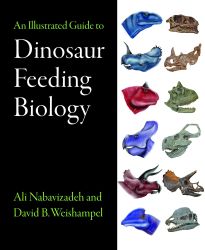 An Illustrated Guide to Dinosaur Feeding Biology
An Illustrated Guide to Dinosaur Feeding Biology
Other recommended books mentioned in this review:
__________________________________________________________________
__________________________________________________________________
__________________________________________________________________

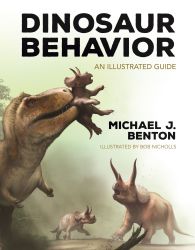
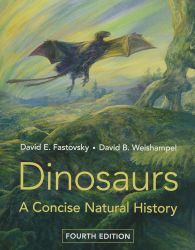

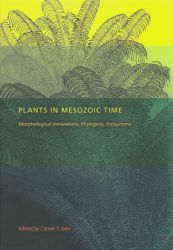
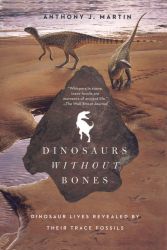
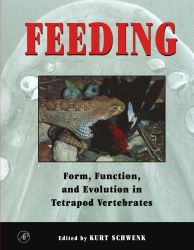
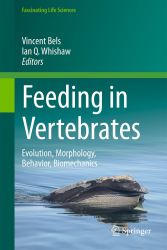
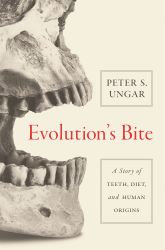



3 comments